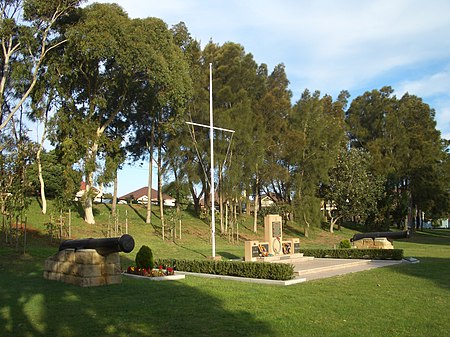The Long Bay Correctional Complex, commonly called Long Bay, is a correctional facility comprising a heritage-listed maximum and minimum security prison for males and females and a hospital to treat prisoners, psychiatric cases and remandees, located in Malabar, Sydney, New South Wales, Australia. The complex is located approximately 14 kilometres (8.7 mi) south of the Sydney CBD and is contained within a 32-hectare (79-acre) site. The facility is operated by Corrective Services New South Wales, a department administered by the Government of New South Wales.
The Complex accepts sentenced and unsentenced felons under New South Wales and/or Commonwealth legislation and comprises three separate facilities including the Long Bay Hospital (a maximum security institution for medical and psychiatric cases); the Metropolitan Special Programs Centre (a maximum/minimum security institution); and the Special Purpose Centre (a maximum security institution for inmates requiring special protection).
Designed by Walter Liberty Vernon, the complex is listed on the New South Wales State Heritage Register with the following statement of significance:
The former State Penitentiary is of considerable significance. It was the first purpose-built Penitentiary in NSW and includes a rare example of back-to-back cells. In conjunction with the former Female Reformatory, it is an important development in Australian penal design and is the most complete expression of Frederick Neitenstein's philosophy of reform. The siting of the Penitentiary has a strong visual impact in the surrounding landscape. The original buildings are of a unified scale and materials resulting in a harmonious appearance. The place has been used continuously as the principal prison complex in NSW and as Sydney's major metropolitan gaol for over 80 years. It has research potential in penal practices and building technology of the time.
The prisons' yards are built in an Panopticon style.






